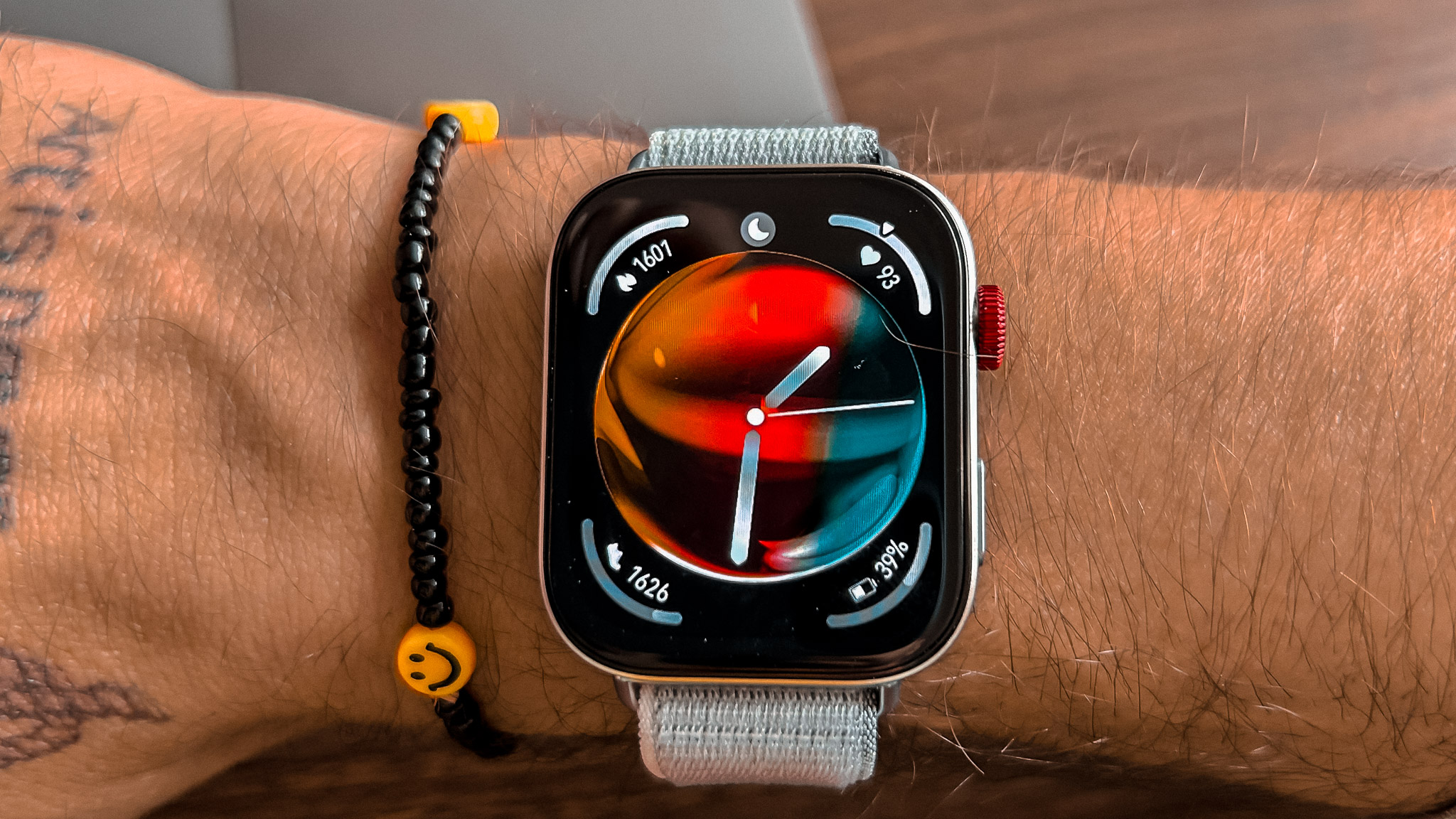
Huawei has a bunch of exciting wearables, but one of the most intriguing models I came across recently is the new Watch Fit 3. It’s a fitness tracker that’s been promoted to a smartwatch, is larger than it used to be, and looks eerily similar to the second-generation Apple Watch SE.
The successor of the Huawei Watch Fit 2, which was a fab little fitness tracker, reminds me of that smart car with the Suzuki Hayabusa engine that could go really fast. It makes sense for a wearable called ‘Watch Fit’ to be a watch, and the performance is on point to justify the larger case size.
And yes, Huawei might have borrowed some design inspiration from Apple’s most accessibly priced wearable, but I don’t mind it. I still think Huawei would be better off not gunning for Apple so much, but equally, it would be unfair to say that Apple is the only company with the right to produce square smartwatches.
After all, the square form makes more sense for smartwatches. Round watch faces are okay for non-smart watches, but the data displayed on smartwatches is easier to read on a square watch face than a round one.
With all that rambling out of the way, how does the Huawei Watch Fit 3 compare to the best smartwatches? Is it on par with the Apple Watch SE 2? Should you buy one? Read my full review below to find out.
Huawei Watch Fit 3 review
Price and availability
The Huawei Watch Fit 3 was launched on 7 May 2024 in the UK and Europe and is available to buy now directly from Huawei. It is available in six colourways in total, including Black, Pink, Green, or Moon White with a fluoroelastomer band, Grey with a nylon strap, and Pearl White with a Leather Strap. The fluoroelastomer and nylon strap models sell for £139.99 / €159, while the leather band option is slightly more expensive at £159.99 / €179.
Customers purchasing from the UK Huawei Store between 7 May and 18 June will be rewarded with a free pair of Huawei FreeBuds SE 2.
Specifications
- Weight: 26g without band, 34g with band
- Display: 1.82-inch, AMOLED, 480 x 408 pixels
- Charging (0-100%): 60 minutes
- Built-in GPS: yes, single-band
- Connectivity: Bluetooth 5.2, no WiFi
- Battery life: up to 10 days
- Water resistance: 5 ATM
Design and build quality
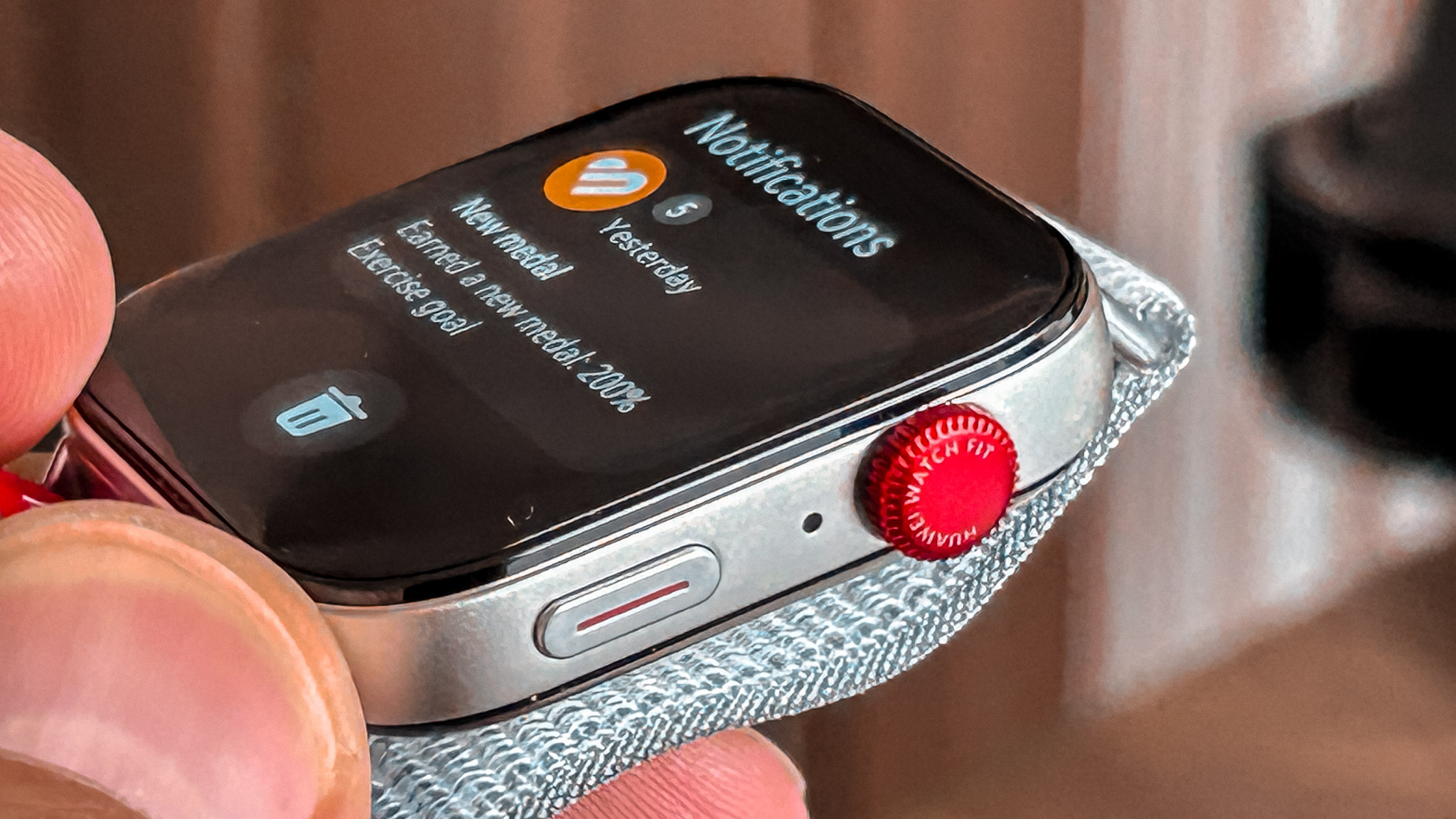
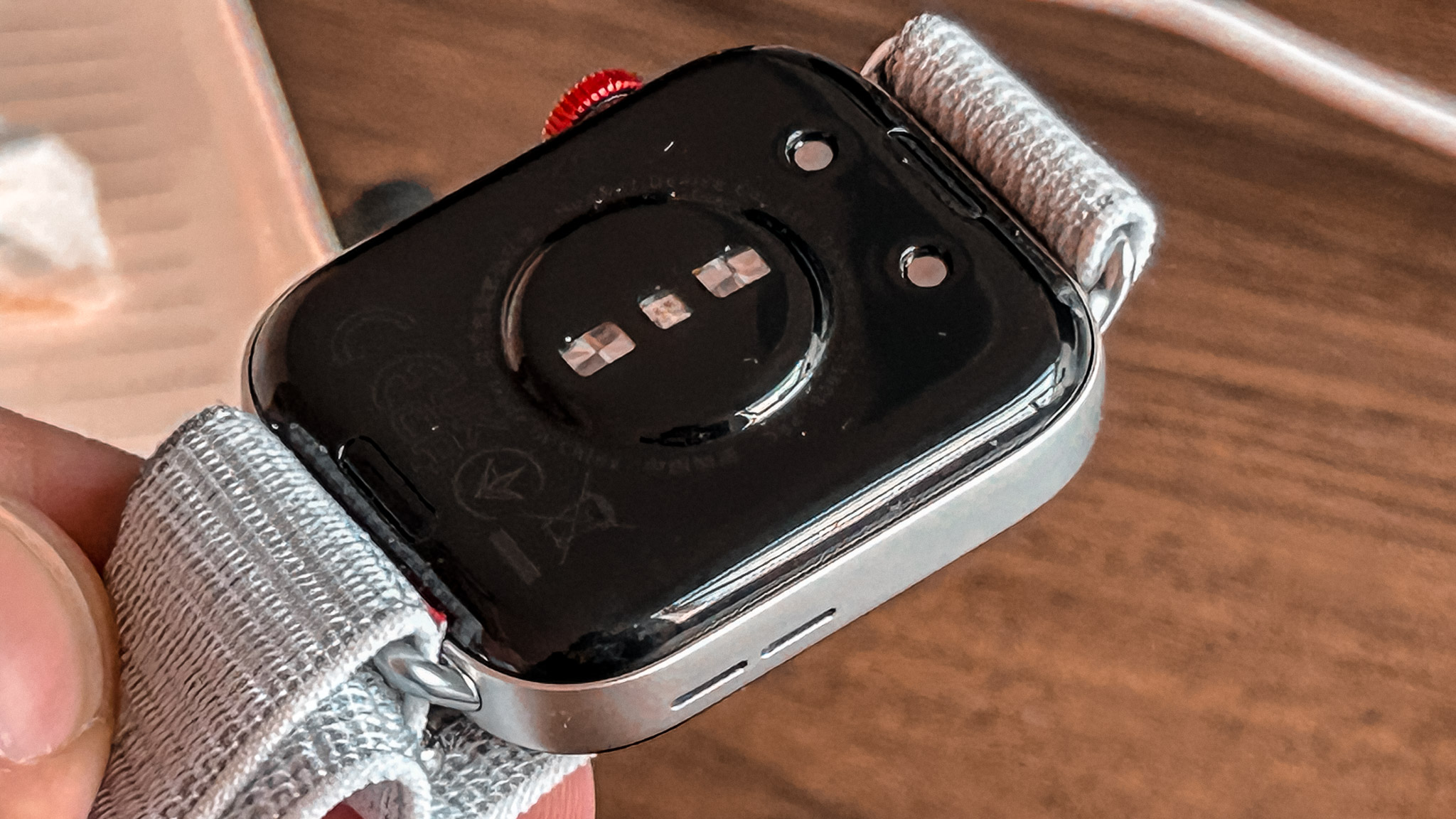
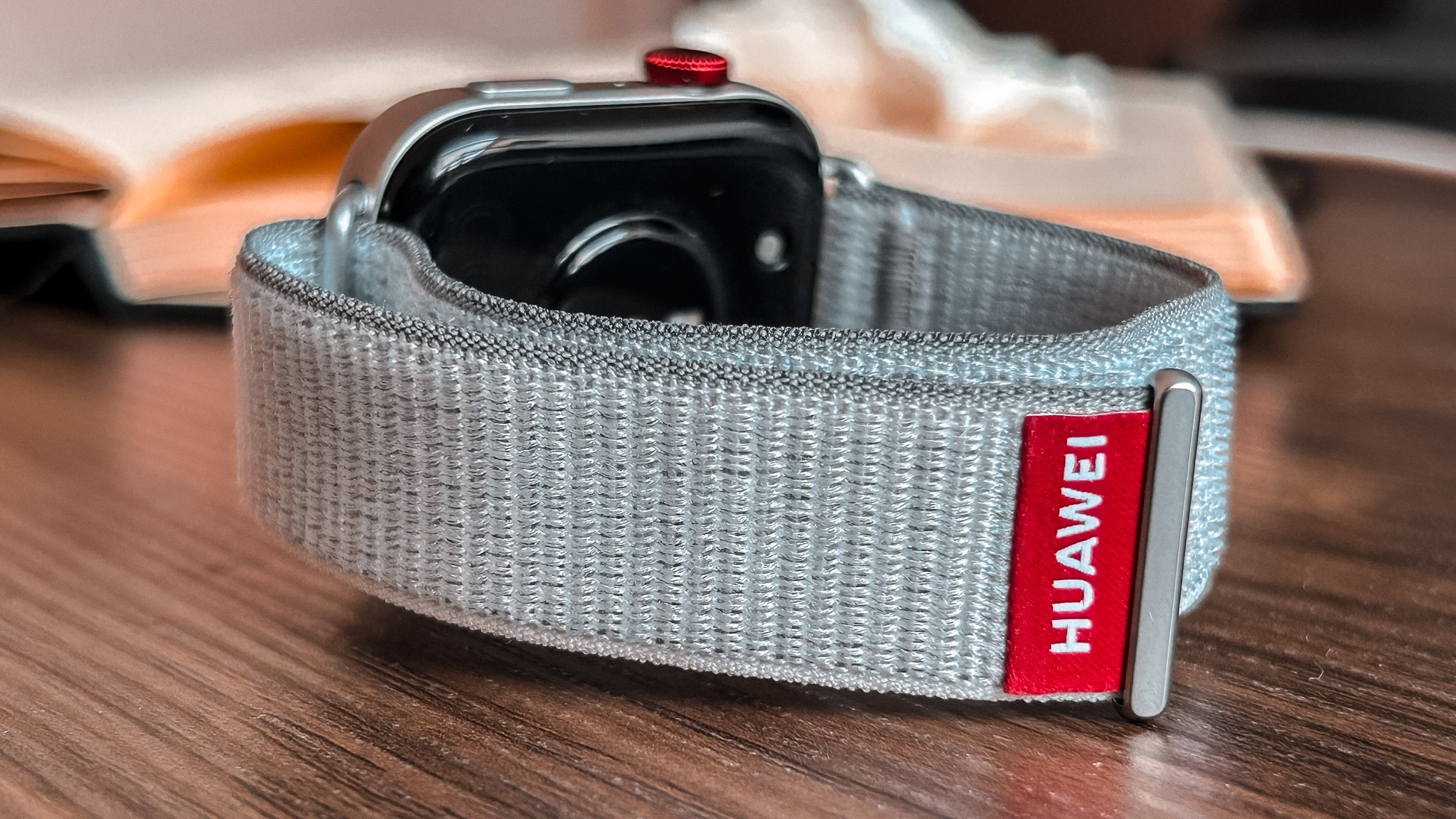
I tested the Grey model with the more breathable nylon jacquard strap. I’m glad I was sent this version, as, in my humble opinion, soft fabric straps are best if you’re planning on wearing the watch 24/7.
This is also the one with the red watch crown, which we’ve seen on Apple Watches before. Of course, there, it means the watch can take eSIMs, whereas here, it is purely a fashion choice. The second button under the crown summons the workout mode.
As I mentioned in the intro, the watch's predecessor had a smaller, more rectangular shape. The Watch Fit 3, made from aluminium alloy, has a 1.82-inch AMOLED screen with a 77.4% screen-to-body ratio. Better still, the maximum brightness is 1500 nits, 500 more than the Apple Watch SE 2.
The display is protected by a 2.5D lens, which means it’s slightly raised from the bezel. The Watch Fit 3 might be wider than the Watch Fit 2, but it’s slimmer at 9.9mm. It’s also very light, weighing only 26g without the straps. According to my kitchen scale, the nylon strap adds another 8g.
The bands are interchangeable using the buttons under the case, similar to Apple Watches; however, on the Huawei Watch Fit 3, you also remove the hinges along with the straps, as opposed to just removing the straps themselves, as you would do on a Garmin watch.
Features
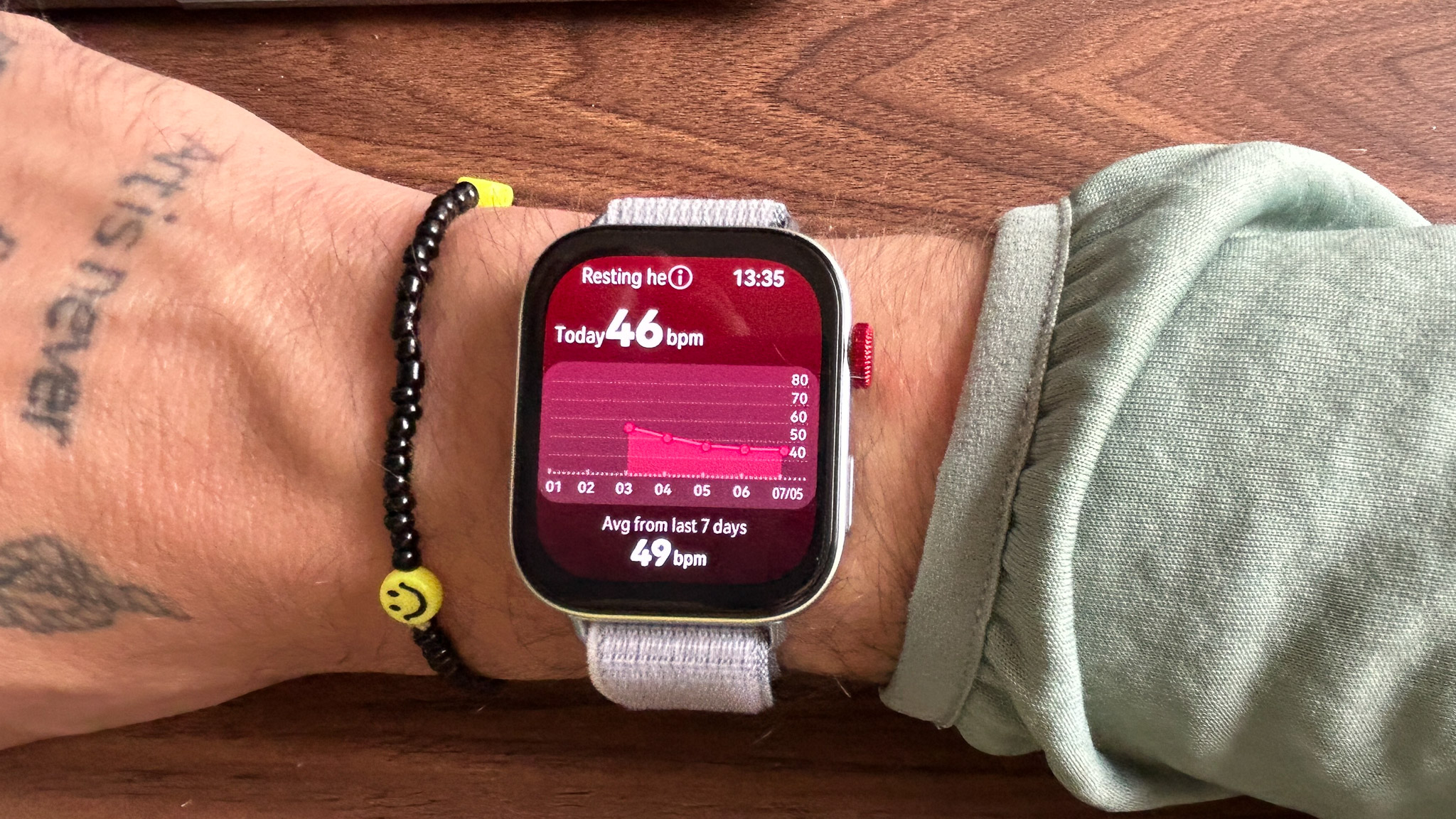
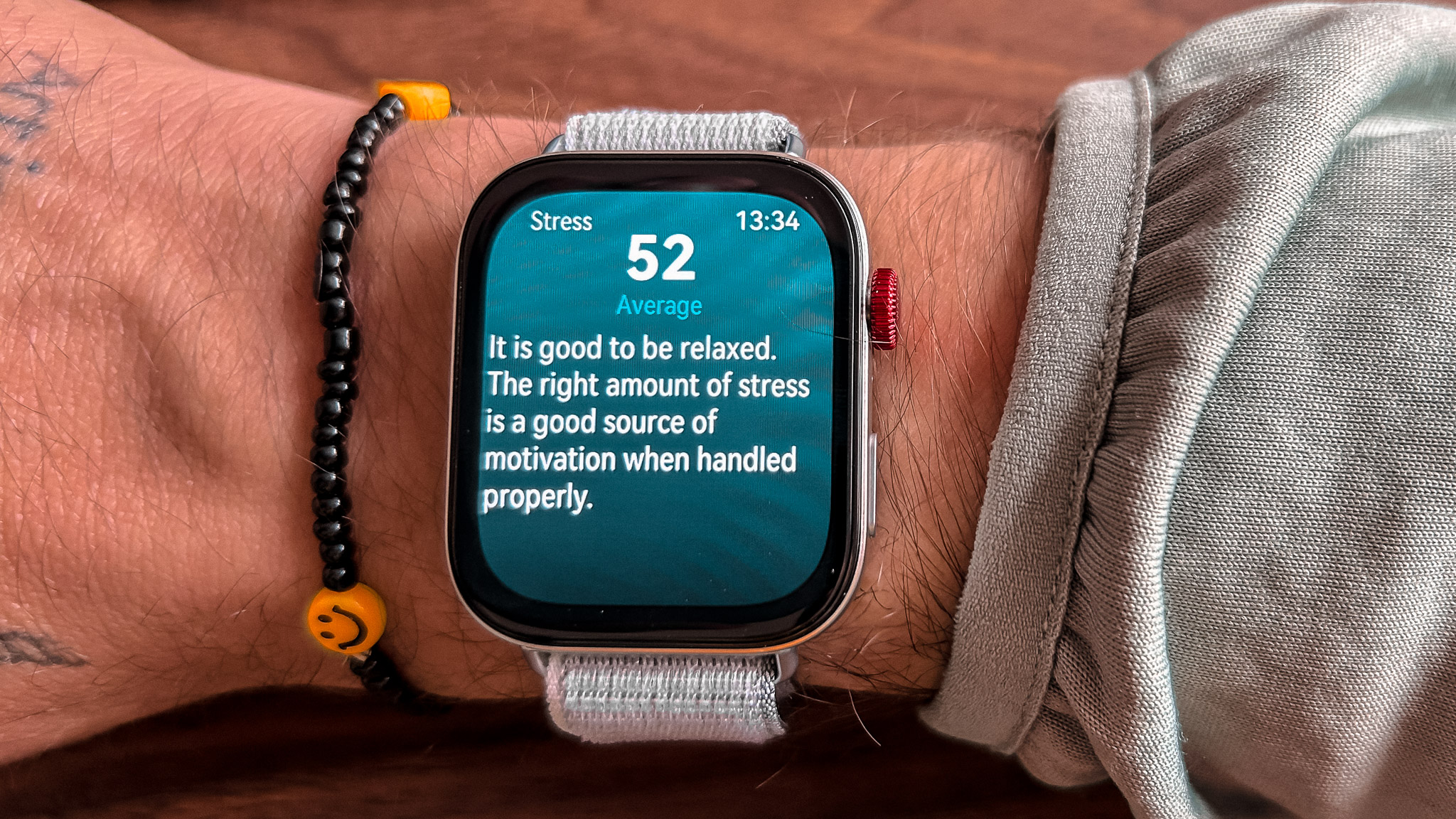
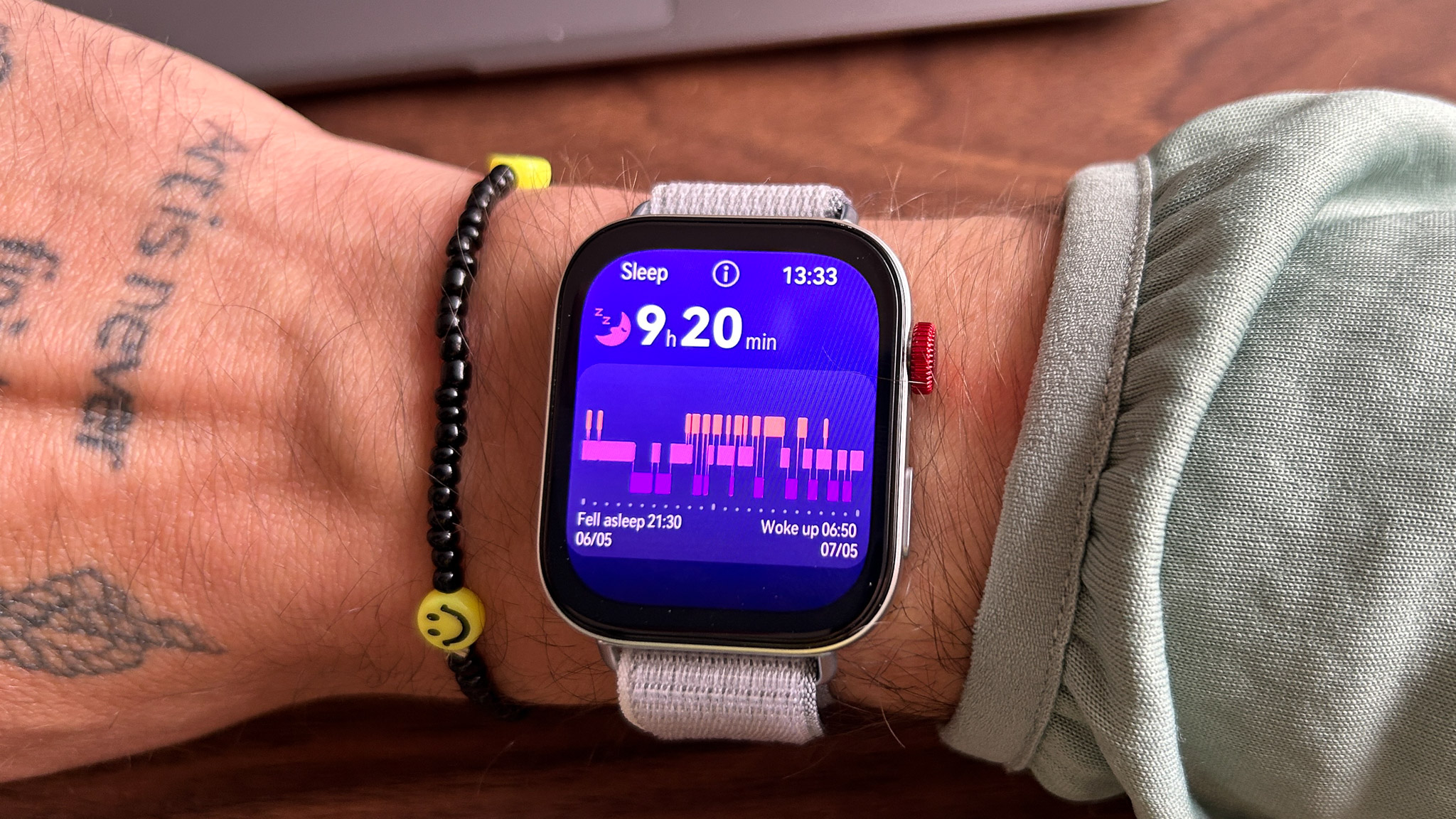
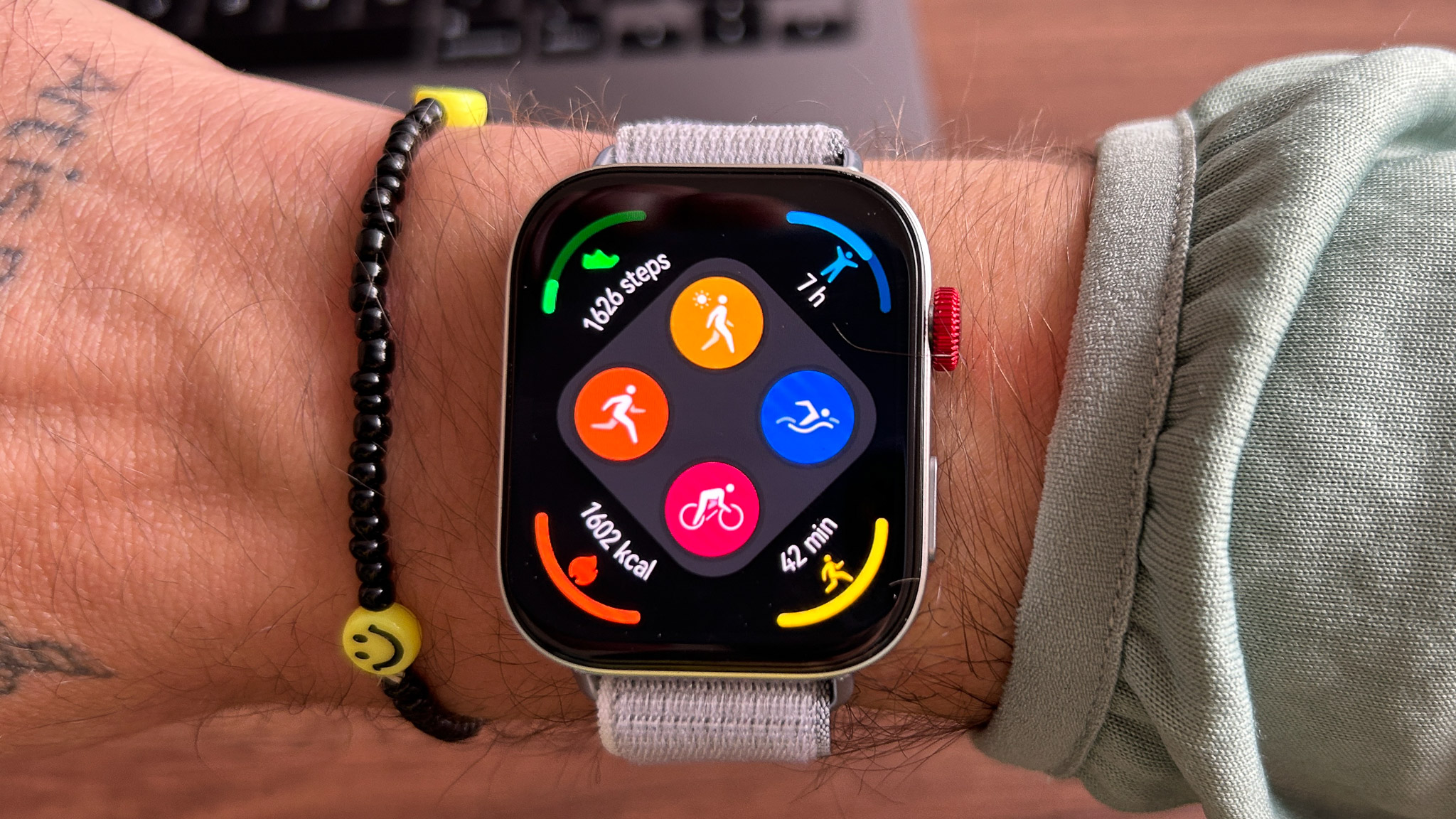
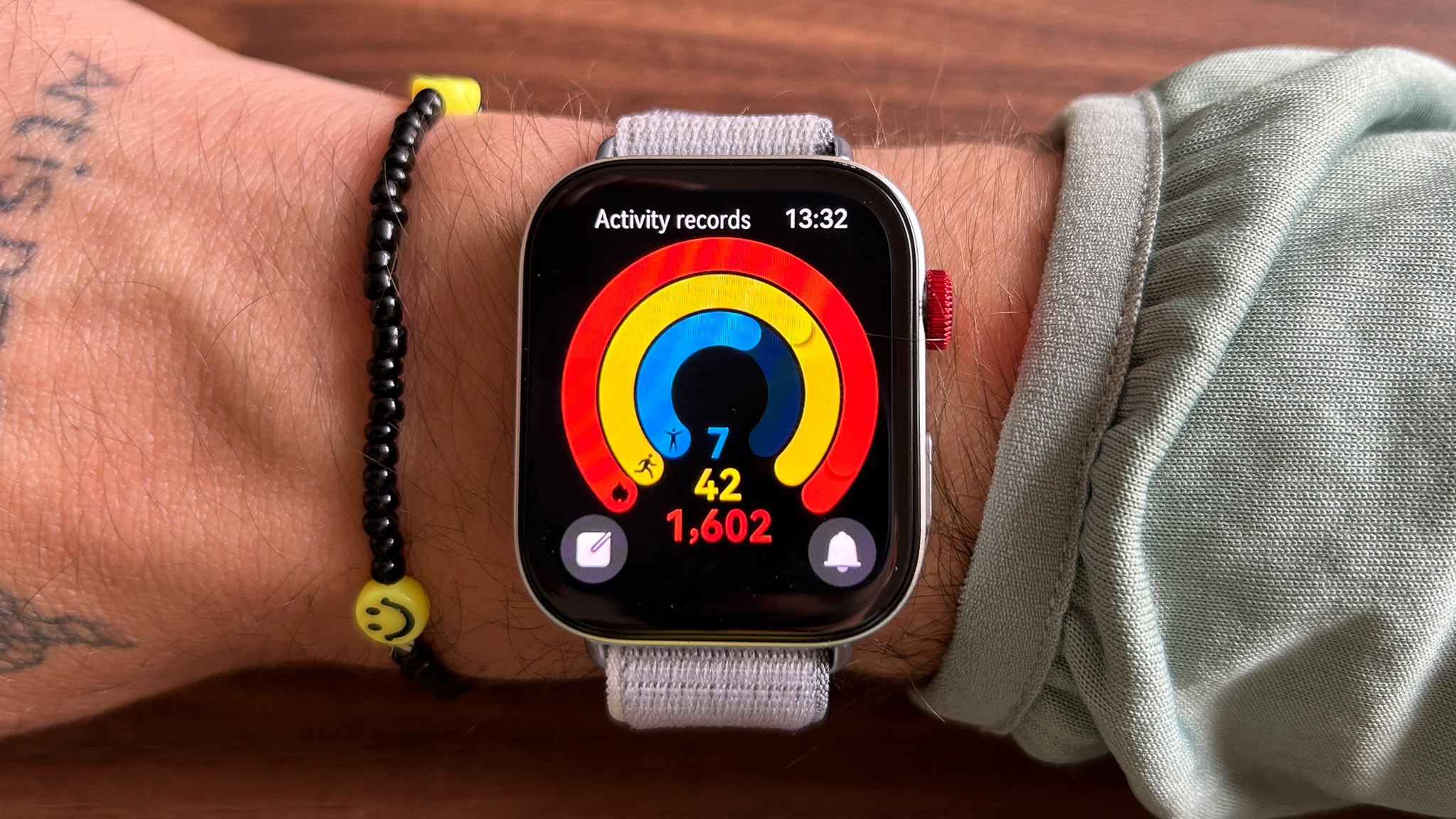
Huawei’s Watch Fit franchise has always been big on fitness, and the third iteration is no different. Featuring the latest TruSeen 5.5 platform, the wearable incorporates a ‘multi-channel signal enhancement algorithm’ boosted by AI/ machine learning to ensure more accurate heart rate readings.
Also new is the TruSleep 4.0 sleep monitoring algorithm. It provides a ton of insights, including sleep structure (i.e., sleep stages), sleep quality, and sleep health. The Watch Fit 3 now supports nap detection, but unlike other wearables, it wakes you up after half an hour. No napping all day, people!
The watch can detect breathing interruptions to aid in early sleep apnea and overall sleep health. I don’t have sleep apnea, and it feels like a similar faddy—in need of a better word here—to blood oxygen monitoring. It’s great if you have it and don’t know about it, but for the majority of users, it won’t change the overall user experience.
Speaking of user experience, Huawei did a ‘full design revamp’, introducing a brand-new square UX style with ‘rich colour schemes’ and ‘magazine-style design’ with enlarged fonts. I can’t quite remember what the UX looked like on the Watch Fit 2, but the overall design looks similar to previous Huawei Watches I tried.
This isn’t a bad thing. I like the new heart rate zone colouring; the background colour on Sports Mode now changes with the heart rate, which makes it easier to see which zone you’re in without looking at the bar on the top.
The company also added five new sports modes, which include padel (no idea what it is) and football, totalling over 100 sports modes in total. Only a handful of these are displayed at first; if you want to add more, scroll to the bottom of the workout modes screen, tap on custom then the plus icon, and select the mode you want to add.
Finally, the Watch Fit 3 supports music playback, remote shutter, reminders (text messages, social apps), messaging quick replies, weather, and more.
Performance
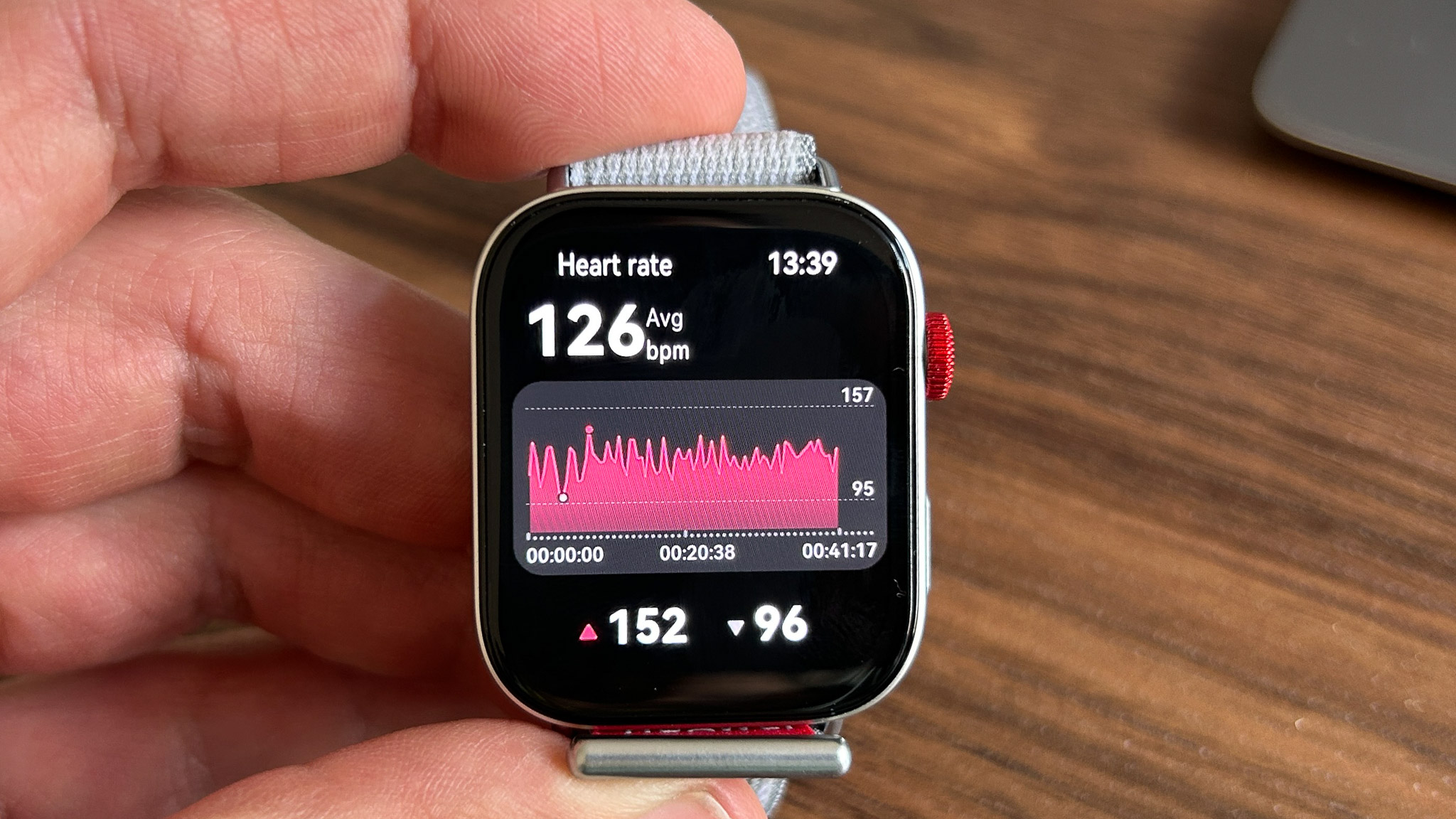
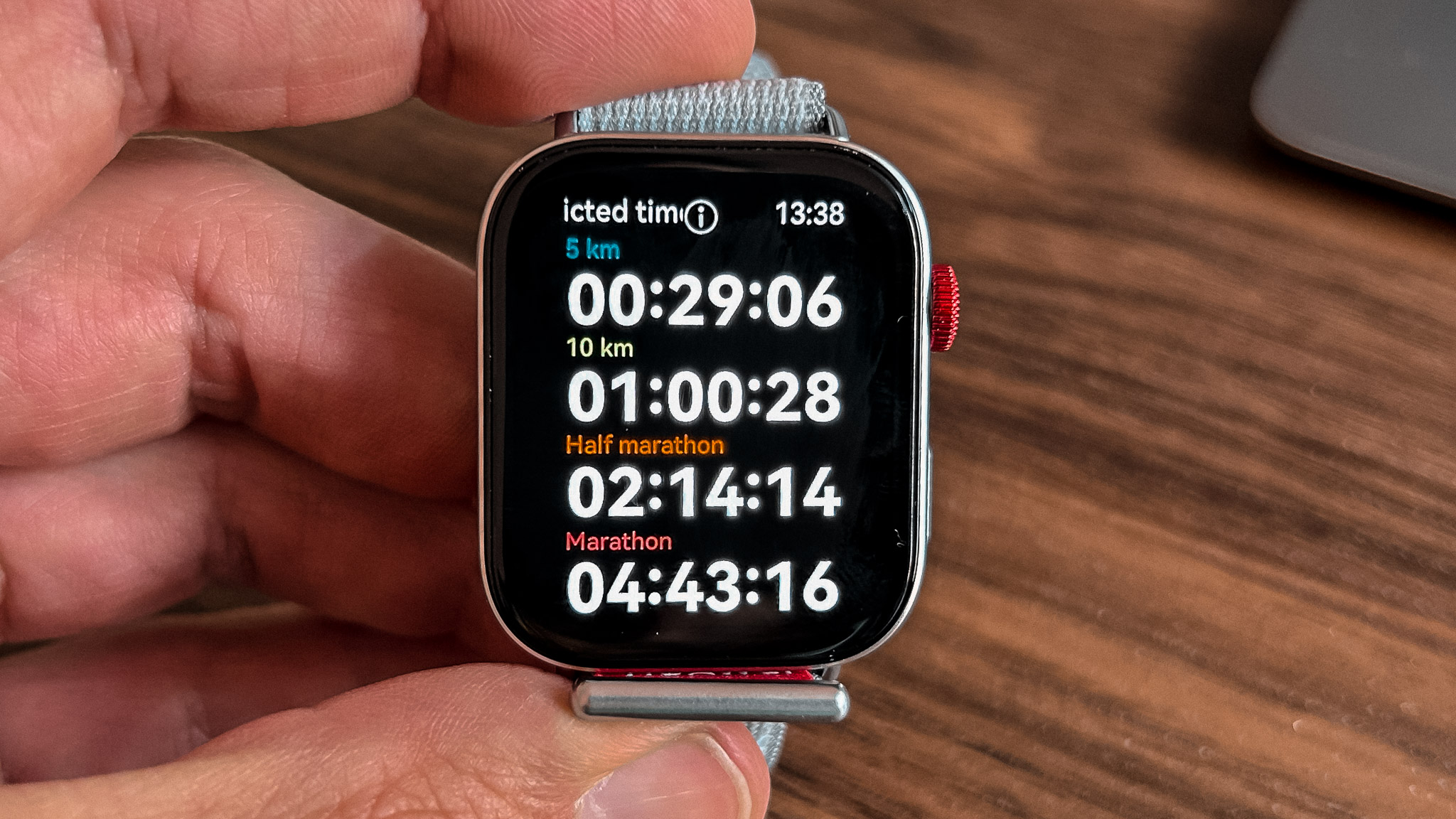
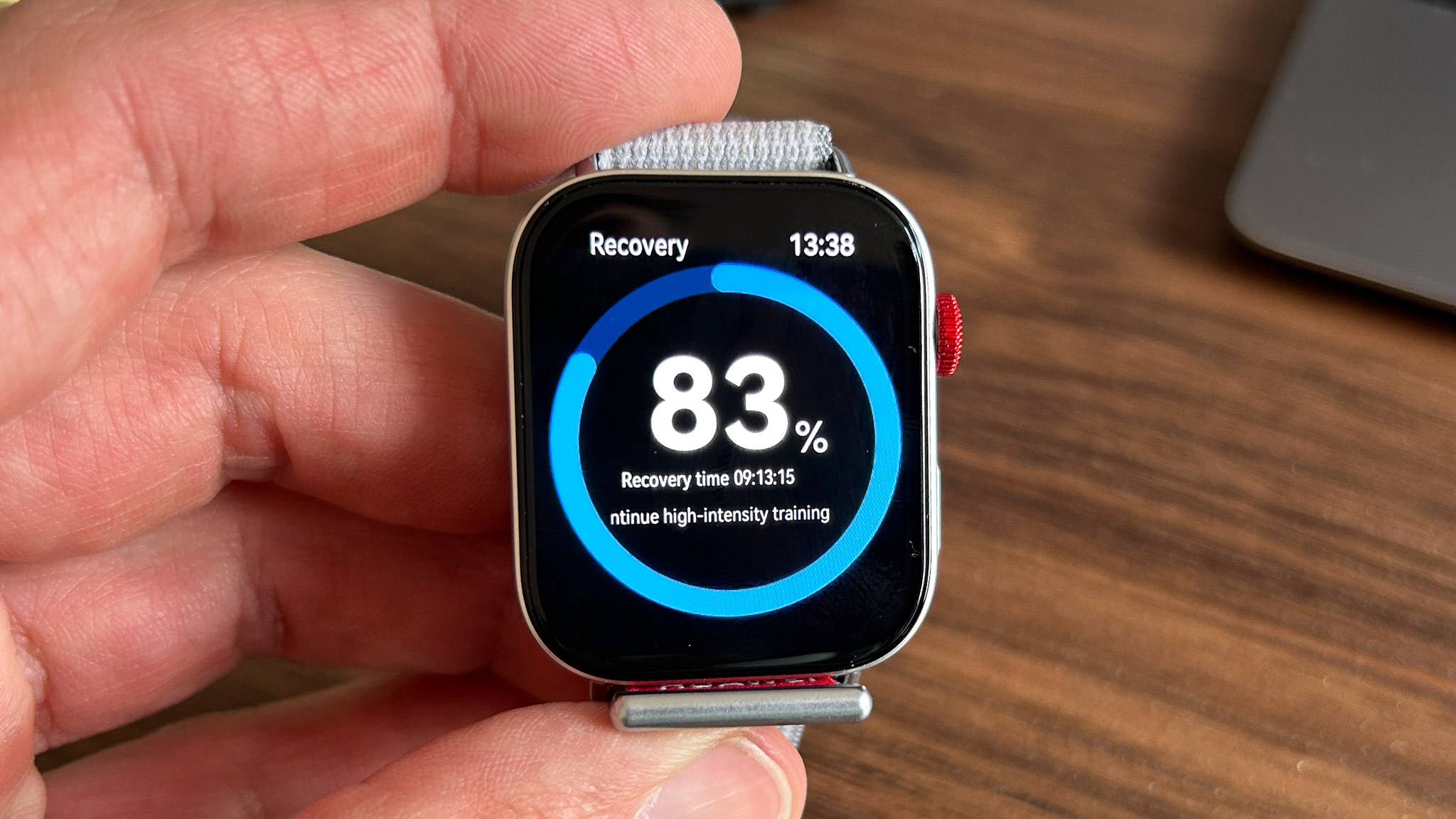
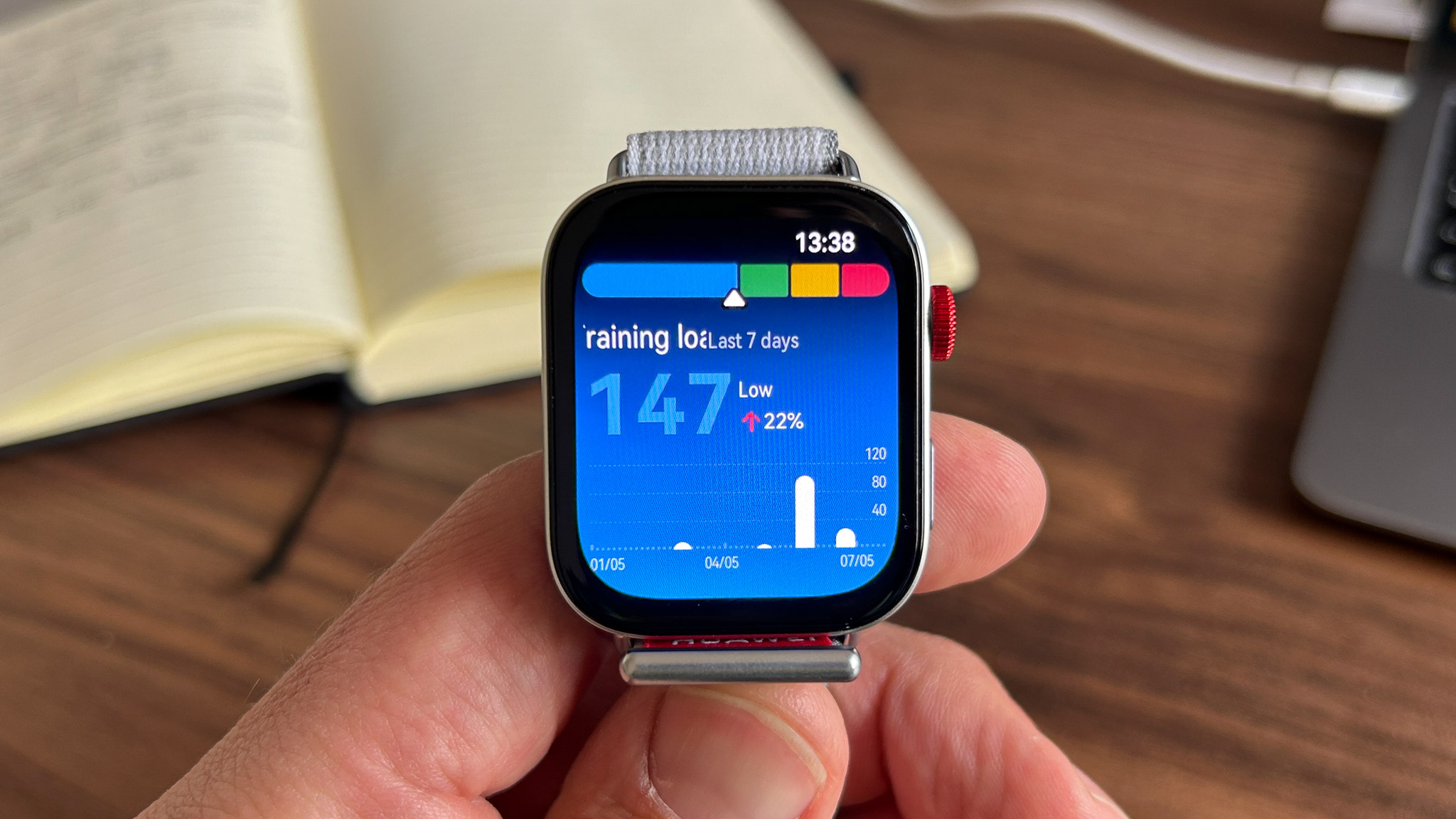
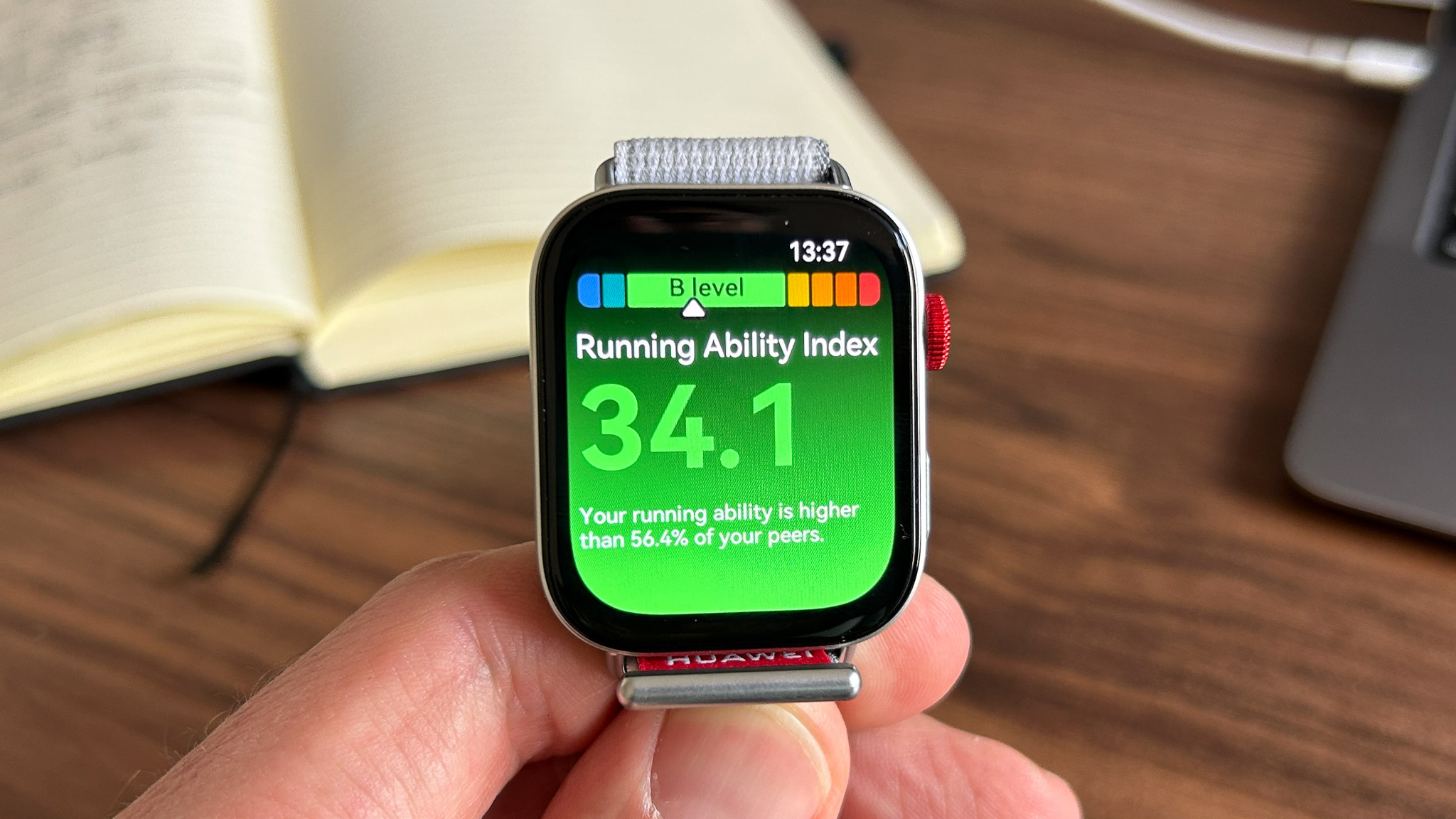
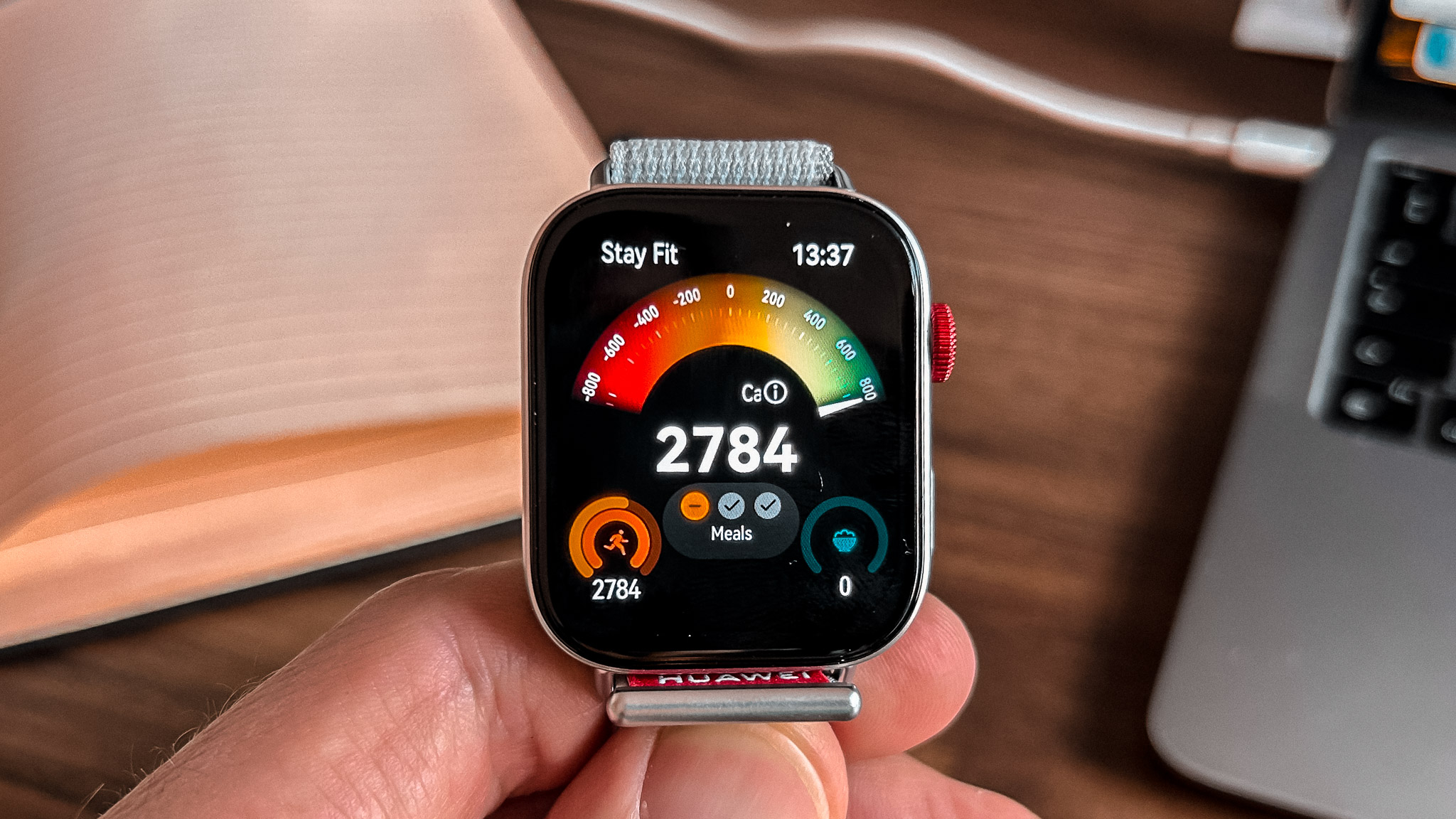
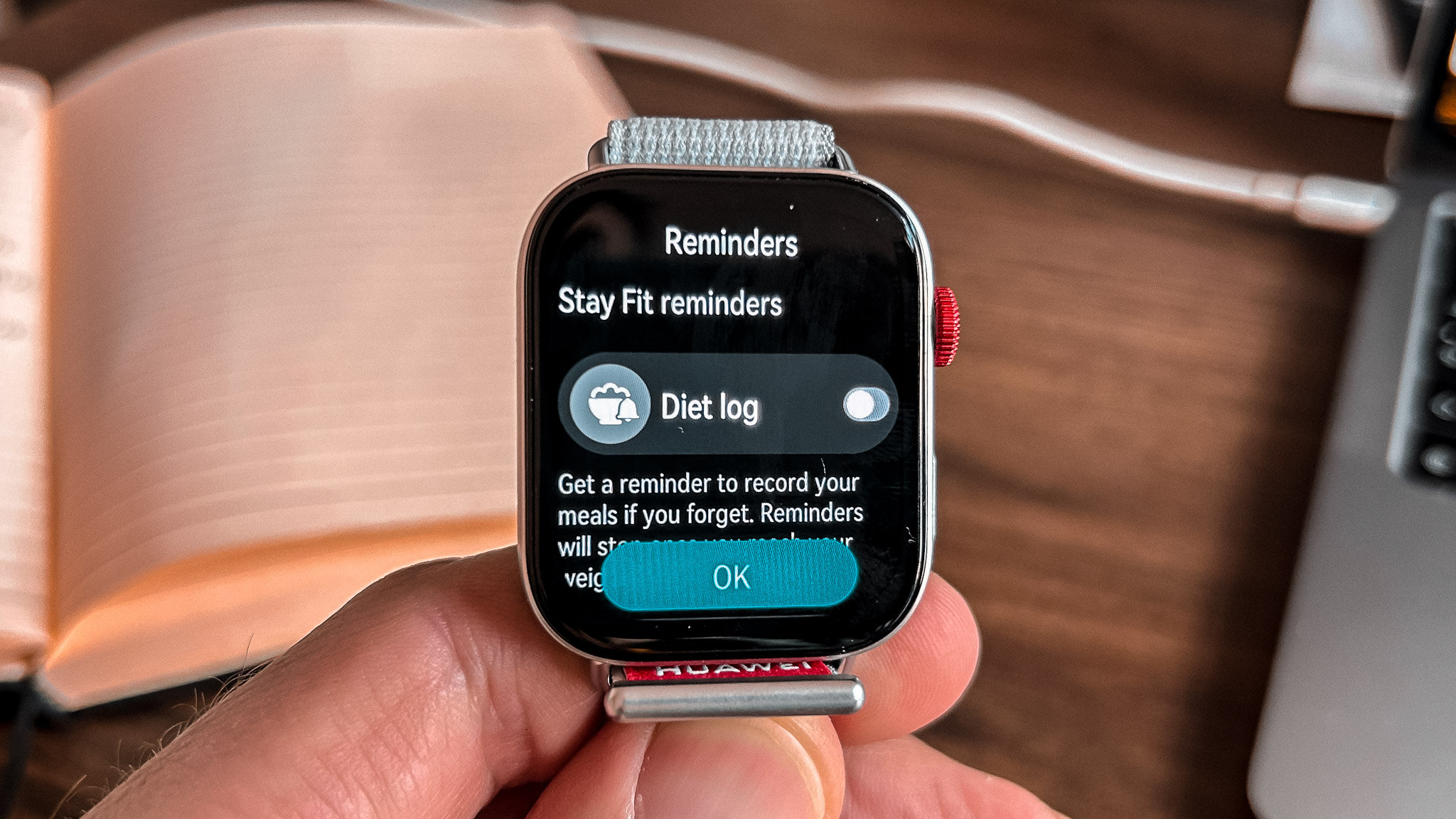
I found the accuracy of the Huawei Watch Fit 3 excellent, both during workouts and sleep. I used the watch for strength workouts and cycling, and the fitness tracker produced similar heart rate results to the Garmin Forerunner 965.
GPS was somewhat slower to connect, which is understandable, as the Watch Fit 3 uses a signal band approach as opposed to Garmin’s multi-band. Nevertheless, the routes mapped in the apps looked very similar, which was a pleasant surprise. That said, I haven’t used the watch in a challenging environment, only in the countryside where I live. It’s possible the Watch Fit 3 might struggle in densely populated areas.
I was genuinely surprised by the heart rate accuracy during strength workouts. Wrist wearables often struggle with monitoring non-cardio workouts – maybe with the exception of Whoop – but the Watch Fit 3 did a great job keeping up with the Forerunner 965, which I appreciate isn’t the best in this regard, but still.
Sleep tracking also seems on point. I wore the two watches and the Ultrahuman Ring Air, and of the three, the smart ring struggled on a few occasions. I found Huawei watches fairly accurate sleep trackers in the past, and the Watch Fit 3 is definitely continuing this tradition.
You get a sleep score and a breakdown of sleep stages. I love those little AI-powered insights and suggestions, too. For example, the app said my sleep was ‘alright’ one night, which ‘helps my skin stay elastic and glowing’. Stop it, you!
It also suggested I take a hot foot bath before bed to stimulate my nerve endings and clear my mind. I know warming your limbs before bed is good because it draws the heat away from your core, which helps you sleep better, but this is the first time a wearable suggested a foot bath.
Battery life
This is an area where the Huawei Watch Fit 3 is leaps and bounds better than the Apple Watch SE 2. Huawei’s wearable can last up to 10 days on a single charge and up to seven days considering ‘typical usage’.
I find the company’s typical usage estimation rather intense, which means the watches can usually go longer than what Huawei says. I charged the watch when I first received it, and haven’t put it on the charger since then. This was over a week ago, and I still have 26% battery left.
Better still, the Watch Fit 3 has a quick charge function, requiring only a 10-minute charge for enough battery power to last a full day. Colour me impressed!
Verdict

My emotions are mixed about the Huawei Watch Fit 3.
On the one hand, I appreciate what some people say about Huawei watches and the Watch Fit 3, in particular. It looks like an Apple Watch SE, both from a hardware and software point of view, which takes away from the enjoyment, at least a little bit.
On the other hand, the Watch Fit 3 is a superb Apple Watch alternative for those who can actually buy it (sorry our American pals). It has a lovely design, is accurate and has more than enough functionality for most smartwatch users. It’s also affordable and plays nicely with iOS smartphones.
(Huawei is rolling out better compatibility with Samsung smartphones soon. Woohoo!)
If you can look past the similarities between the two watches, you’ll soon start to appreciate the Watch Fit 3 for what it is – a fab, budget-friendly smartwatch that punches above its weight. If you like the look of it and have a smartphone that’s compatible with it (maybe from Huawei), i can highly recommend the Watch Fit 3.







